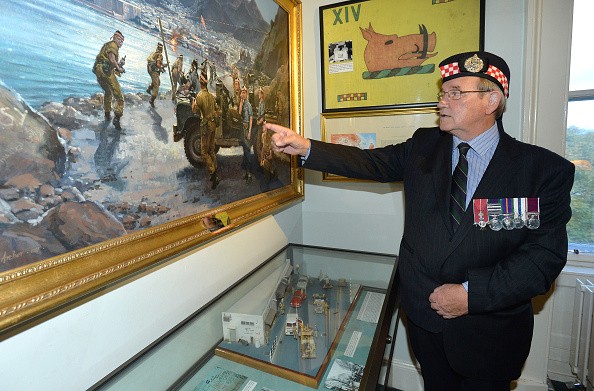In tragic memory of the last century's dreadful event, the Nanjing Massacre that occurred back in 1937 is being depicted and showcased in one of France's museums called Memorial de Caen.
The museum holds documents that date back to the '30s and have been preserved meticulously for historical research and data collection. Over 270 historical photos, letters, memoirs and diaries along with legal documents of diplomats, professors, reporters and doctors have been put up on display in the museum.
According to China Daily, the exhibition will be held from October 22 until mid-December, offering an international stimulus for introspection over this tragedy especially on the National Memorial Day for the victims of the massacre.
For starters, the Nanjing Massacre was an aftermath of the Japanese aggression and invasion of China. The Chinese People's War of Resistance countered hostilities from Japan. It indeed was a dreadful event which should be buried deep down inside the caves of history never to be repeated ever again.
The curator of the Memorial Hall in France, Zhang Jianjun has made efforts the general director of the museum Stephane Grimaldi, in order to promote awareness regarding the incident in European countries. Xinhua reported that efforts will also be made to inform people how the Japanese invasion of China and the subsequent contributions of Chinese people led to a victorious World War II in France's and Europe's textbooks.
The Memorial de Caen is a museum dedicated to violence that has panned out in the past, particularly the last troubled century. It remarkably depicts the conflicts of the 20th century, delving down in the very causes of those conflicts and as to how they unfolded through the course of time.
Among other museums in Europe, the Memorial de Caen is one museum where history is objectively described. Museums in most countries are leaned towards or aligned with the national vision of those particular countries. This museum, however, depicts history as it is, that is to present both sides of the story without subjectively taking on a bias.
So much so, it's the only European museum that looks inward in an attempt to explain World War II from a macroscopic global perspective. It is also the first museum in Europe to be illuminating the history of the dreadful 1937 Nanjing Massacre.



























